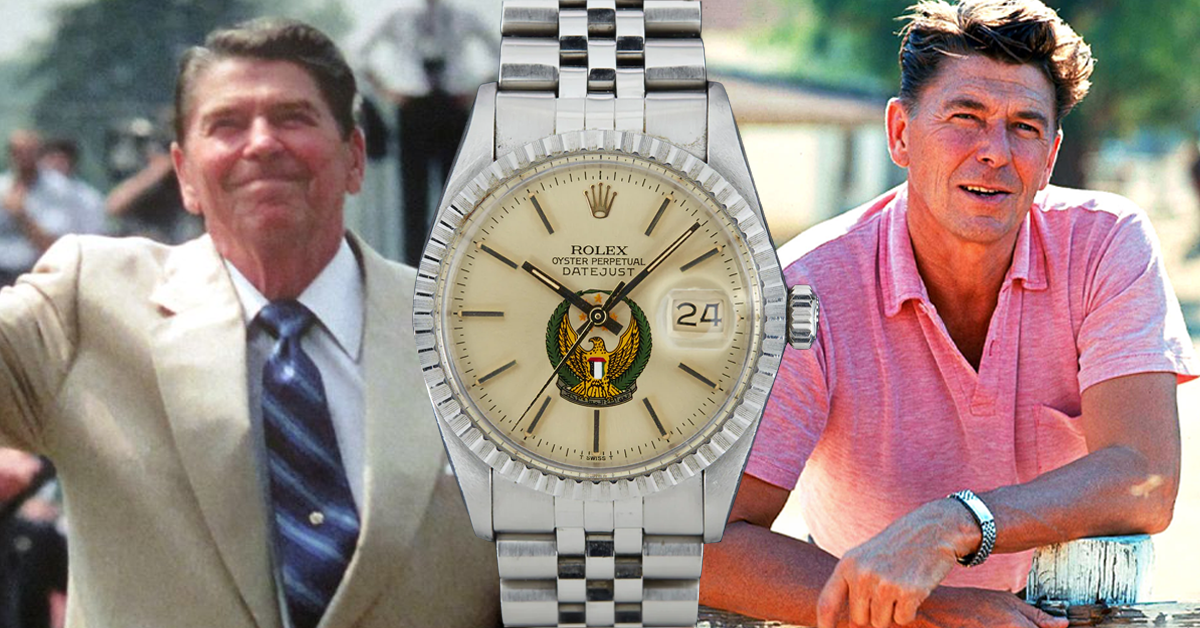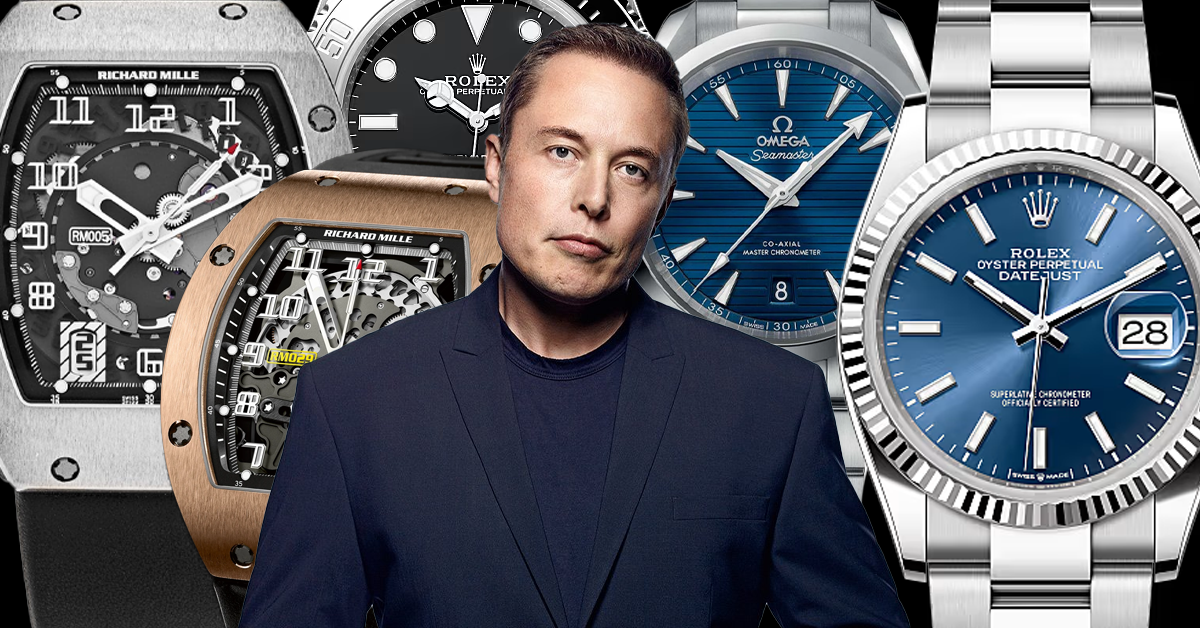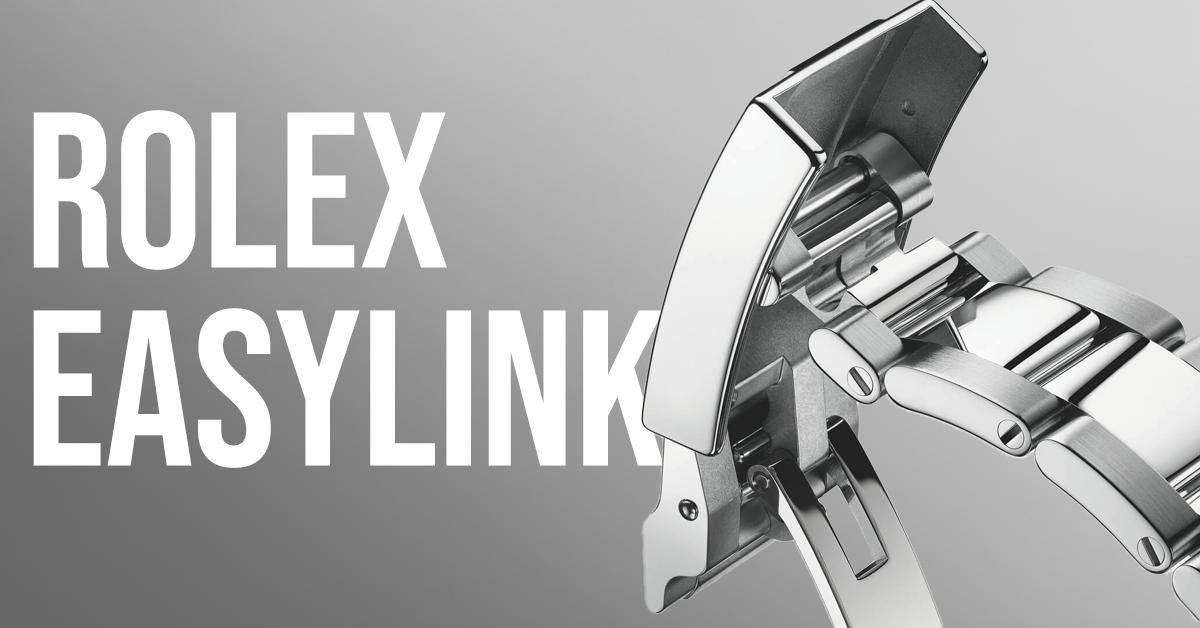
Ronald Reagan’s Watch: The Hidden Story Behind His Presidential Timepiece (2025 Review)
Ronald Reagan’s watch choice reveals a fascinating story about presidential style and tradition. During his time as the 40th President, Reagan wore a steel
Alright, let’s cut to the chase: we all know Rolexes are expensive. You’ve seen the price tags—sometimes they make you do a double take. But there’s something about them, right? Something that makes you pause and think, Okay, maybe I should start saving up for one. So, why exactly are these watches priced like luxury cars? What’s behind that massive price tag? Spoiler: it’s not just about the brand name.
Whether you’re a watch newbie, someone just window shopping, or a seasoned collector, understanding why Rolexes are so expensive can give you some serious insight into what you’re actually paying for. So, grab a coffee, kick back, and let’s break it down in a way that actually makes sense.
Yep, you read that right. In a world where machines pretty much do everything, Rolex still insists on making their watches by hand. Sure, there’s some high-tech equipment involved, but the heart of a Rolex is still assembled and fine-tuned by people who know exactly what they’re doing. Think of it like this: buying a Rolex is like buying a luxury car that was built just for you, piece by piece.
The crazy part? It takes nearly a year to produce just one Rolex watch. That’s because every little detail is inspected, polished, and perfected before it even touches your wrist. Rolex takes their time to make sure it’s not just good—it’s perfect. This isn’t some mass-production factory pumping out thousands of watches a day; it’s a legit masterpiece in the making.
And speaking of masterpieces…


You know when you see a shiny Rolex glistening on someone’s wrist and think, “Damn, that thing is clean”? That’s because Rolex doesn’t use regular steel like everyone else. They use something called Oystersteel, which is stronger, shinier, and more corrosion-resistant than standard stainless steel. In other words, it stays looking brand-new, even after decades of wear.
And that’s just the steel. Let’s talk about gold for a second. Rolex makes their own gold. Yeah, they have their own foundry where they melt and mix metals to create the perfect 18-karat yellow, white, or Everose gold. They control every step of the process to make sure it’s up to their (extremely high) standards. Basically, Rolex isn’t just slapping a watch together and calling it “luxury”—they’re crafting every single piece from the ground up.
When it comes to watches, the “movement” is the engine. And Rolex movements are like the Ferraris of the watch world. These aren’t your everyday, run-of-the-mill movements. Rolex makes their own in-house, meaning they don’t outsource to anyone else. They have their own tech, their own engineers, and they’re constantly pushing the limits of what a watch can do.
The movement inside a Rolex isn’t just accurate—it’s Superlative Chronometer accurate. That means it’s been tested to insane standards for precision. They don’t just throw these movements into a case and call it a day. Nope. Rolex watches go through tests that push them to the limit—think temperature fluctuations, extreme conditions, and shock resistance. So, when you slap a Rolex on your wrist, you’re getting a timepiece that could survive the end of the world. Maybe not literally, but pretty close.


Rolex watches are tough. We’re talking about watches that can survive deep-sea dives, mountaineering expeditions, or just the occasional drop on the bathroom floor. Take the Rolex Submariner, for example. It’s a diver’s watch that can go down 300 meters underwater and still keep ticking perfectly. Or the Sea-Dweller, which is built to handle insane depths of 3,900 meters. Whether you’re a hardcore adventurer or just someone who likes a good splash in the pool, Rolex watches are designed to take a beating and keep on going.
Here’s a fun fact: Rolex tests their watches in some pretty extreme conditions. They’ve got pressure chambers to simulate deep-sea dives, vibration tests, temperature fluctuation simulations… They even test watches on different altitudes for pilots! Bottom line? You could wear a Rolex in just about any situation, and it’s going to hold up.
Look, part of what makes Rolex so expensive is, well, the name. But that name didn’t become iconic for no reason. Over the years, Rolex has created some of the most timeless designs in the watch world. The Submariner, the Daytona, the Datejust—these aren’t just watches, they’re icons.
When you buy a Rolex, you’re not just buying a timepiece; you’re buying a piece of history. This is the brand that James Bond wore, that countless world leaders and celebrities have flaunted. Wearing a Rolex isn’t about showing off (okay, maybe a little), but it’s about owning a piece of something bigger—a legacy of craftsmanship, innovation, and style.


Rolex is always two steps ahead of the game. They’re constantly innovating, but not in a “look at me, I’m shiny and new” way. Their innovations actually matter. For example, they were the first to make a waterproof wristwatch (the Oyster), the first to put an automatic date change on a watch (the Datejust), and the first to make a GMT watch that tracks two time zones at once (the GMT-Master). What Rolex does, everybody else repeats.
Even the seemingly small stuff, like the Parachrom hairspring, which helps protect the movement from shocks and magnetic fields, is a game-changer. Rolex watches aren’t just made to look good—they’re made to work better, last longer, and be more reliable than pretty much any other watch on the market.
Now let’s talk about the real kicker—Rolex doesn’t pump out watches like crazy. They carefully control how many they produce, which keeps demand high and supply just a little short. And we all know what happens when demand exceeds supply: prices go up, and everyone wants what they can’t have.
Models like the Rolex Daytona have notoriously long waiting lists—sometimes spanning several years. That’s because Rolex doesn’t flood the market. They make sure every watch that goes out is flawless, and that means fewer watches. Fewer watches mean more exclusivity, which drives the price higher. So, when you see a Rolex Daytona, Submariner, or even a classic Datejust, you’re not just looking at a watch—you’re looking at something that not everyone can get their hands on.

Okay, so we’ve talked about the craftsmanship, the materials, the history, and even the scarcity. But here’s the big question: Are Rolexes really worth the price? The answer is… kind of a no-brainer. Yes!
When you buy a Rolex, you’re investing in more than just a fancy watch. You’re buying a piece of art, a symbol of status, and something that’ll last you a lifetime (and maybe your kids’ lifetimes, too). Sure, there are other luxury watches out there, but few carry the same kind of prestige and legacy that Rolex does.
So, if you’re thinking about buying one, don’t just focus on the price tag. Think about the history, the craftsmanship, and the fact that a Rolex isn’t just a watch—it’s a statement. It’s a watch that’ll turn heads, start conversations, and maybe even make you feel just a little bit cooler every time you check the time.
And honestly? That feeling alone might just be worth the price.

Ronald Reagan’s watch choice reveals a fascinating story about presidential style and tradition. During his time as the 40th President, Reagan wore a steel

Elon Musk’s watch collection mirrors state-of-the-art technology and understated luxury, just like the man himself. The world’s richest person, worth $146 billion, doesn’t always choose

What is Rolex Easylink? Rolex Easylink is a patented micro-adjustment system that lets you fine-tune your bracelet length by exactly 5mm without any tools. This